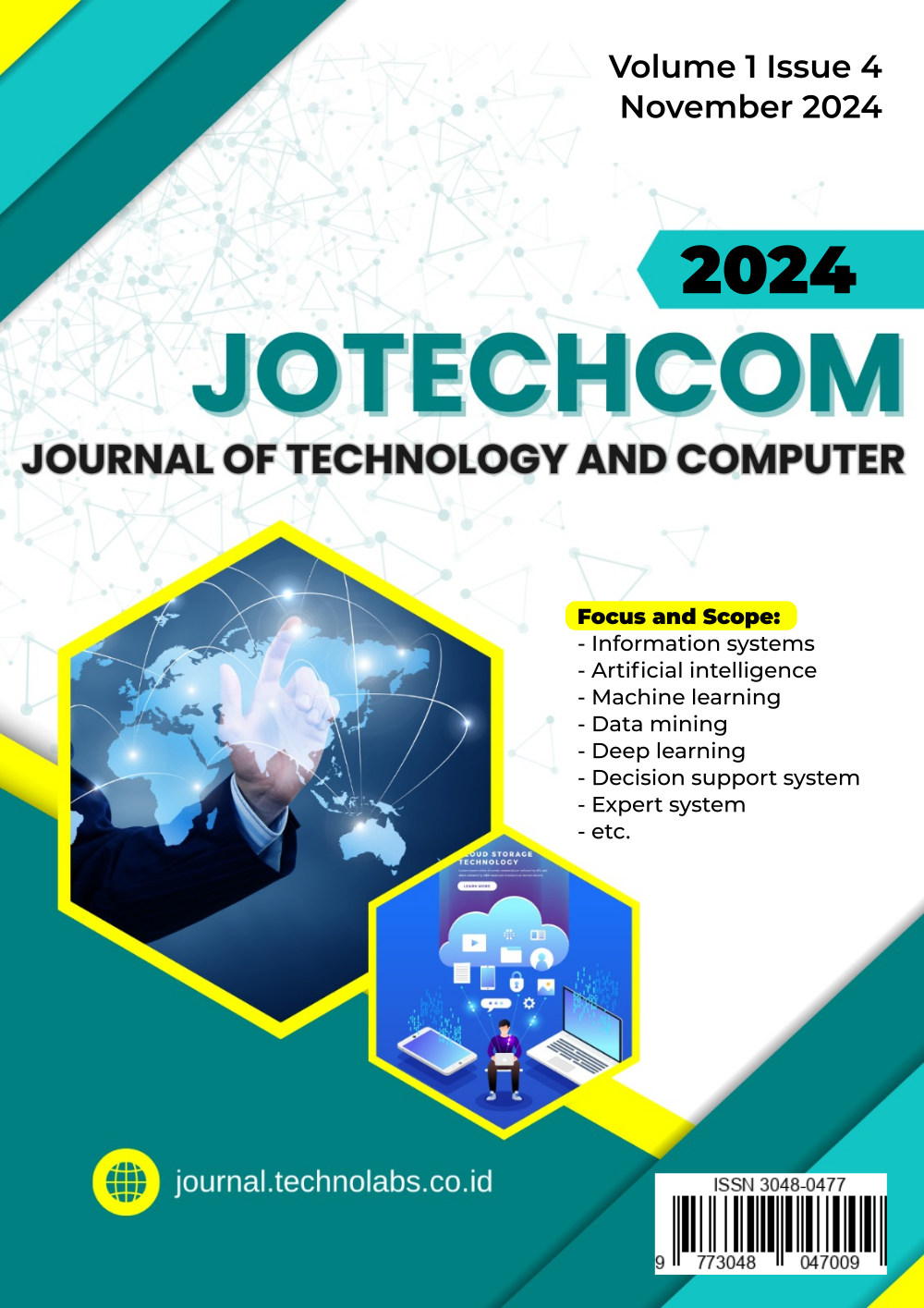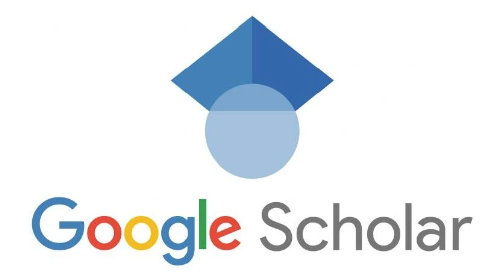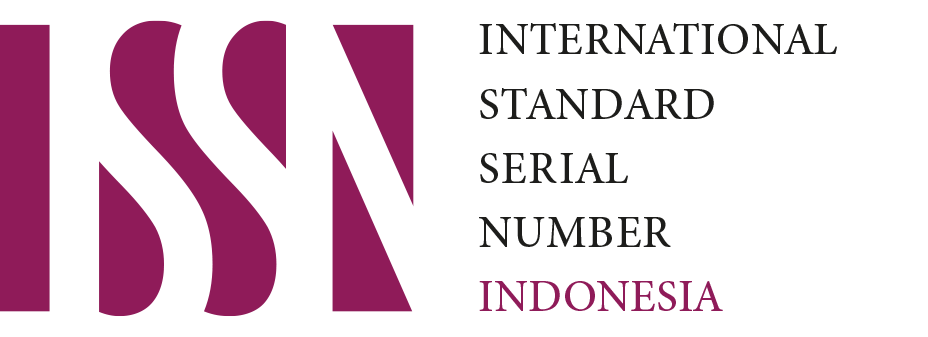Effectiveness of Synchronous-Asynchronous Method in E-Learning for Improved Learning Evaluation at Battuta University
Kata Kunci:
Technology development, E-learning, Smartphone, EducationAbstrak
Modern learning, unlike traditional methods, is significantly influenced by technology. The rapid advancement of information technology, especially in the age of globalization, has transformed the educational landscape. The industrial revolution and globalization have necessitated the adoption of distance learning, which can be implemented effectively through technology without compromising quality. Technology has become integral to human life, revolutionizing how we work, socialize, and learn. The educational sector has embraced technological advancements to create innovative and engaging learning experiences. E-Learning, a prime example, leverages electronic media and the Internet to provide flexible and accessible learning opportunities. Using smartphones, laptops, or PCs allows students to learn from anywhere at any time, saving time and costs. E-Learning empowers students to maximize their learning potential regardless of circumstances.
Referensi
Anas Pratama, H.F., & Arief, S. (2019). Pengaruh pemanfaatan e-learning, lingkungan teman sebaya dan motivasi belajar terhadap prestasi belajar. JPIPS: Jurnal Pendidikan Ilmu Pengetahuan Sosial, 1(1), 1-12.
Debi Sintia. (2019). Makalah Entity Relationship Diagram (ERD). Universitas Putra Indonesia Padang.
Paresia, E. D. (2020). Pengaruh kualitas informasi dan penggunaan e-learning terhadap prestasi belajar mahasiswa prodi pendidikan ekonomi stambuk 2018 Universitas Negeri Medan. Medan: Universitas Negeri Medan.
Basilaia, G., & Kvavadze, D. (2020). Transition to online education in schools during SSARS-CoV-2 CoronaVirus pandemic in Georgia. Pedagogical Research, 5(4).
Gunawan, S., Suranti, N. M. Y., & Fathoroni. (2020). Variations of models and learning platforms for prospective teachers during the COVID-19 pandemic period. Indonesian Journal of Teacher Education, 1(2), 61-70.
Zhu, X., & Liu, J. (2020). Education in and after COVID-19: Immediate responses and longterm visions.
Herliandry, L. D. (2020). Pembelajaran pada masa pandemi COVID-19. Jurnal Teknologi Pendidikan, 22(1), April.
Rusli, M. (2020). Memahami E-Learning: Konsep, Teknologi, dan Arah Perkembangan.
Albert. (2021). Sistem informasi pengolahan data akademik siswa berbasis web pada SMA Budi Agung. Jurnal Ilmu Komputer dan Sistem Informasi Univ. Tarumanagara Jakarta Indonesia.
Setiawan, R. (2021, Agustus 25). Memahami ERD, Model data, dan Komponennya. dicoding.com
Sazali, H., Sukriah, & Ainun. (2021). PEMANFAATAN MEDIA SOSIAL (INSTAGRAM) OLEH HUMAS SMAU CT FOUNDATION SEBAGAI MEDIA INFORMASI DAN PUBLIKASI DALAM MENINGKATKAN CITRA LEMBAGA PENDIDIKAN. Jurnal Ilmu Komunikasi (JKMS) (dalam bahasa Inggris).
K, A. (2022). Pengertian Jaringan Internet: Sejarah, Fungsi, Manfaat, dan Dampaknya.
Nandy. (2022). E-Learning: Pengertian, Sejarah, Manfaat, Kekurangan.
Purba, D., & Nura, A. (2022). Pengaruh pemanfaatan e-learning dan motivasi belajar terhadap hasil belajar siswa SMK Negeri 7 Medan. Jurnal Nasional Manajemen Pemasaran & SDM, 3.
Unduhan
Diterbitkan
Terbitan
Bagian
Lisensi
Hak Cipta (c) 2024 Journal of Technology and Computer

Artikel ini berlisensi Creative Commons Attribution 4.0 International License.














